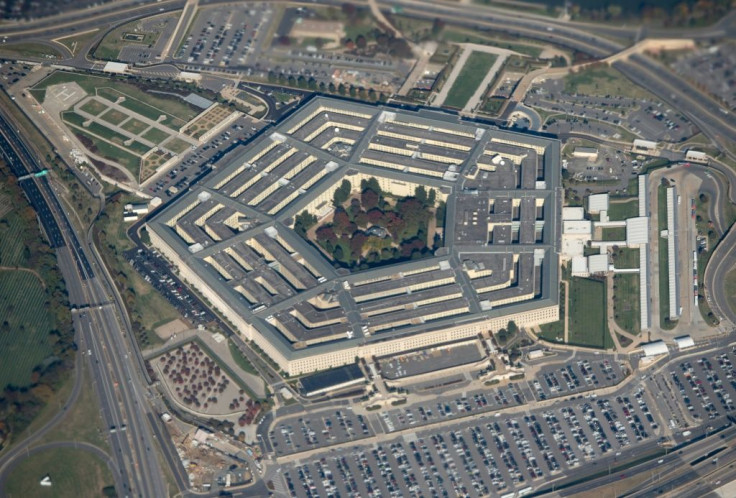Pentagon Will Catch Rogue Drones Using the 'Drone Hunter' System

KEY POINTS
- Catching drones in a net is better than shooting them down
- The Drone Hunter network will work towards countering and deterring improvised drones
- Solutions such as high-energy lasers are also being worked upon for countering drones
The use of drones has become commonplace but gradually they are also becoming a safety threat due to the lack of proper policing. The U.S. administration granted permission to the Pentagon to shoot down drones a couple of years back, but now it is looking at capturing them while they are still airborne.
The Pentagon is working on a system that will seize both commercial and private drones that encroach on protected zones such as airports or military bases.
The Department of Defense has awarded a contract to private security company Fortem Technologies to design and detect an Artificial Intelligence (AI) based system that will cast a net kind of system to nab them in mid-air, the Defense One Magazine reported Monday.
The contract is expected to be worth millions of dollars, although exact details are unknown.
This is an ideal solution when there is a lack of clarity over protected areas. For example, in some areas, the military has leased land from farmers to build installations. If a drone flies over those areas, unknowingly, what should be the protocol?
Even though the full policy is classified, some details have emerged. Fortem has designed the SkyDome anti-drone system along with a radar system called DroneHunter. The system acts as a bird in the proximity of an approaching drone. Once the radar detects a drone, camera reconnaissance is done to confirm the location and other details.
It is then, that the DroneHunter is launched to nab the loitering drone. It is armed with radar and climbs up to the height of incoming drones. It can then lock the target from hundreds of meters away, just like a fighter plane.
It then flies close to the drone and casts a net to nab it. Nabbing it and getting it back to a location has more advantages than shooting it down – it kills the risk of the drone crashing on people below. It also doesn’t interfere with wiring or cellular networks. More importantly, the drone can be retained for forensic and technical analysis.
© Copyright IBTimes 2024. All rights reserved.





















